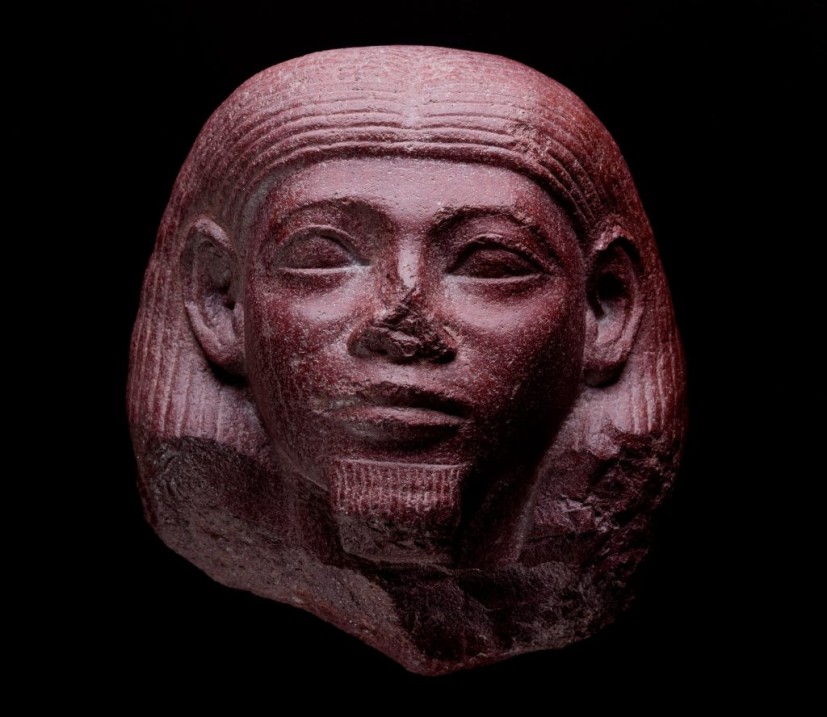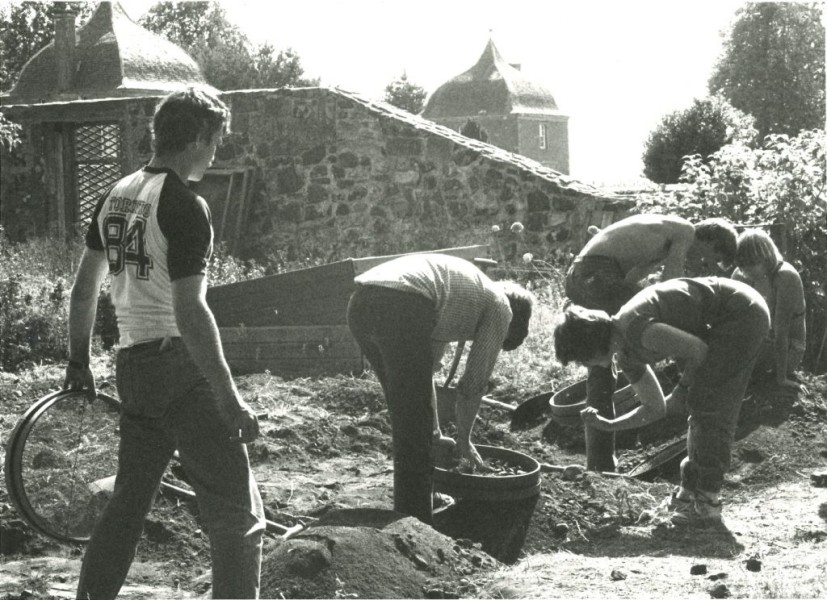Over 18 Egyptian artifacts were discovered in a Scotland schoolyard over the span of three decades, most of which now belong to a collection in the National Museums Scotland. These artifacts have been formally declared as a "Treasure Trove" by the government of Scotland, the only set of Egyptian artifacts that have received the honor.
Detailed in a the museum's press release, the chain of events that started the discoveries can be traced back to a Scottish schoolboy in 1952. Reportedly, he was in the middle of digging for potatoes in his schoolyard as part of a punishment. To the boy's surprise, he found an archaic artifact among the spuds, a sizeable sculpture of a head made from red sandstone.
Archaeologists now know that the object was actually an Egyptian artifact dated around the 12th dynasty of Egypt, also known as the "Apex of the Middle Kingdom." It was then handed to the National Museum and is currently displayed in its Ancient Egypt Rediscovered gallery.
This odd discovery was thought to be a one-time event at the time, but what followed proved that notion to be untrue.

A Series of Discoveries in the Same Melville House in Fife
In 1966, another stunning discovery was made by a student at the Dalhousie Castle Private School located in the Melville House in Fife, Scotland. The pupil chanced upon a sacred bronze figurine of Apis, the Egyptian bull God of fertility, as he landed on it during a vaulting session in his sports class. Most incredible of all is the fact that his teacher was the same man who discovered the red sandstone artifact a decade ago named McNie. The museum identified the object and dated it to the Ptolemaic period, but McNie took off with it in hand. Since then, the artifact was never recovered.
As if two times were not astonishing enough, another finding would be made two decades later in 1984, when a boy goofing around with a metal detector in the same area unearthed another bronze figurine. This third discovery finally prompted the museum officials to do a deeper investigation on the area.

The third artifact that was found was reported to Elizabeth Goring, curator at the Scotland Museum, who then dated the object to the 25th Egyptian dynasty. The curator was the one who organized a formal search mission around Melville House, upon hearing about the two prior findings. Then and there, the team made a marvelous discovery of over 15 Egyptian antiquities which include a plaque engraved with the Eye of Hours along with a figurine of the Egyptian deity Iris mothering his son Horus.
"Uncovering ancient Egyptian objects in Fife is clearly unexpected, and the subsequent research to establish the origins of the collection has provided a fascinating tale, albeit one with further mysteries which may never be solved," shared Goring.
Read Also : Scientists Discover Massive Cache of Over 100,000 Ancient Coins at a Construction Site in Japan
How did the Egyptian Artifacts Get There in the First Place?
The owner of the artifacts is yet to be identified, but speculations point toward one of the Melville House's former occupants, Lord Alexander Balgonie. According to the historians, he once visited Egypt in 1856 when he was 24, at a time when it was commonplace to sell Egyptian antiquities to tourists
After a year following that visit, Balgonie would succumb to tuberculosis, which could explain why the artifacts were neglected for so long. Another theory suggests that the burial of the objects happened due to a superstitious fear surrounding the curse of the pharaohs.
Nevertheless, for Margaret Maitland, principal curator at National Museums Scotland, these artifacts that are found in Scotland's soil are "evidence of the scale of 19th-Century antiquities collecting and its complex history."